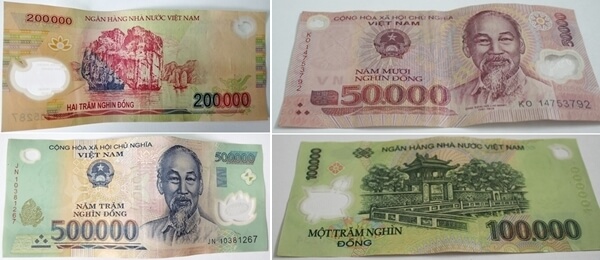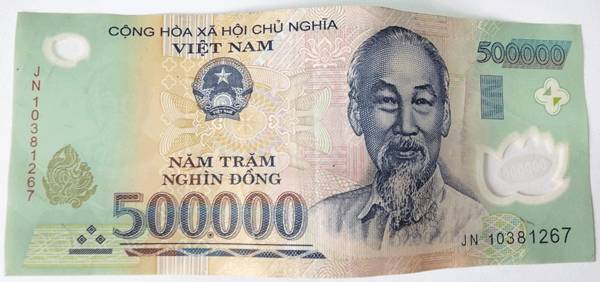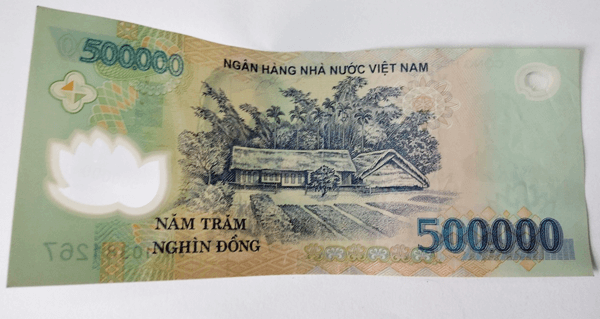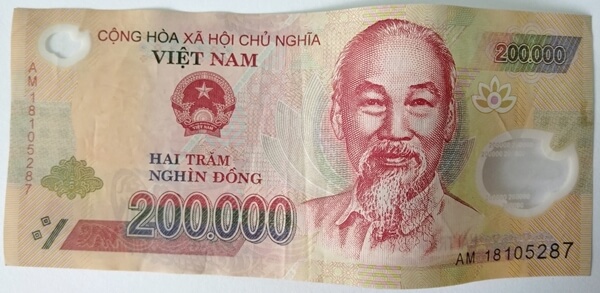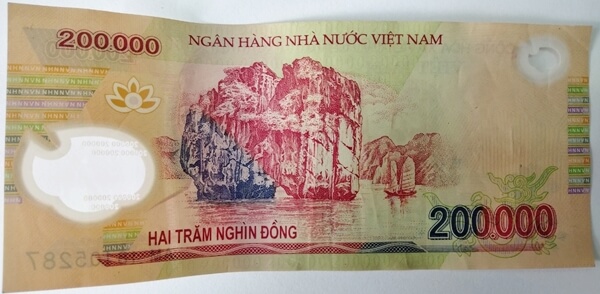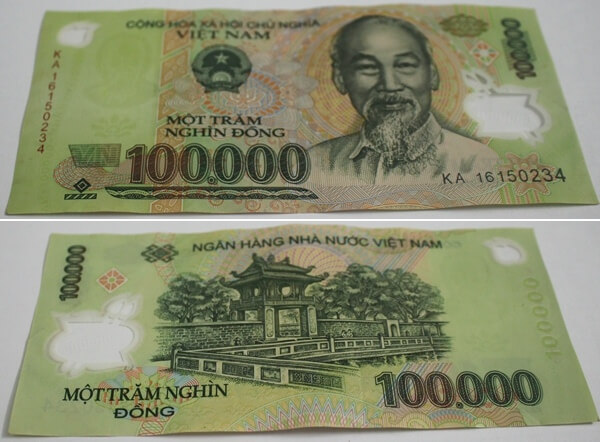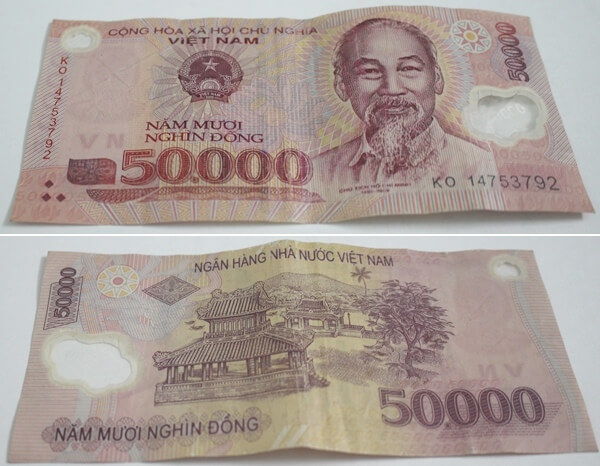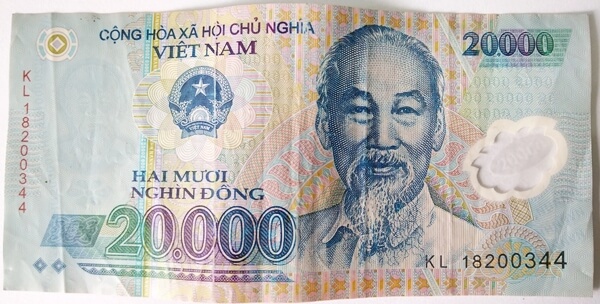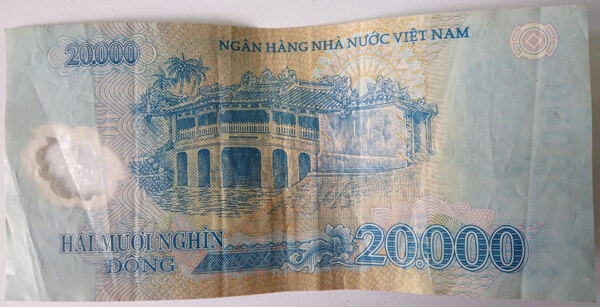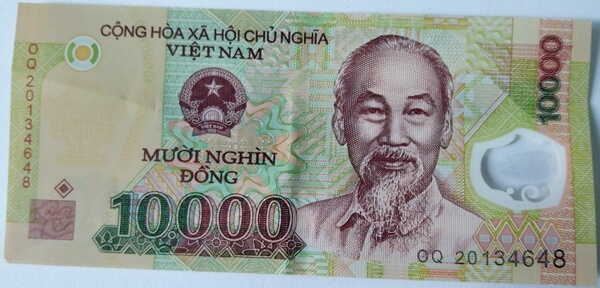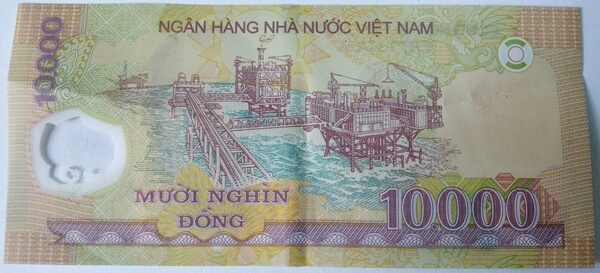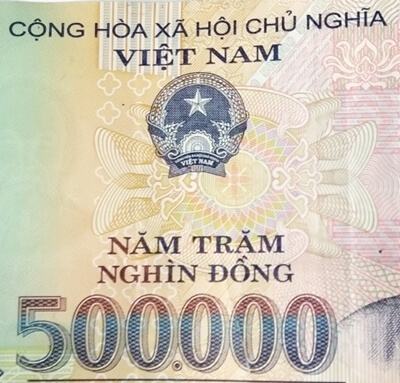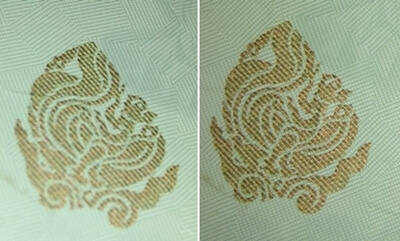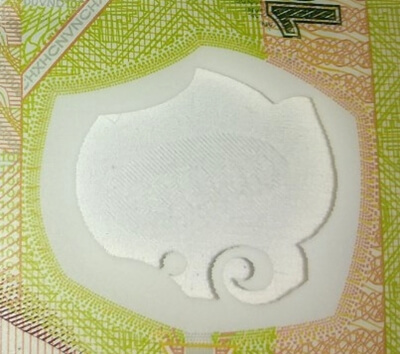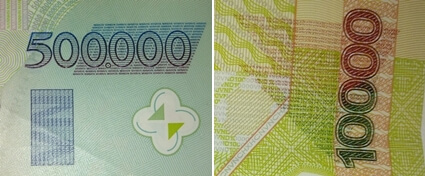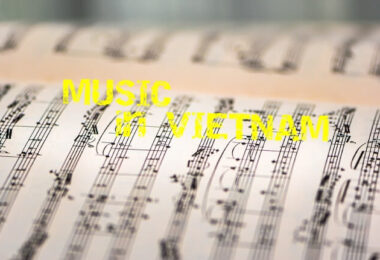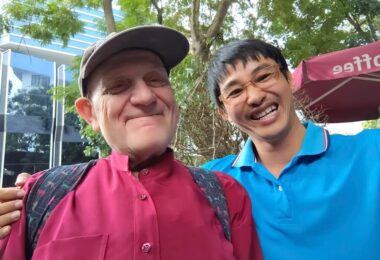With the desire to contribute to reducing the risk of fake money and loss of organizations and individuals, we introduce the security features of Polymer Vietnamese banknotes. And, instruct users how to check and recognize real money.
Security features of Vietnamese money
The State Bank of Vietnam is the only money-issuing agency of the Socialist Republic of Vietnam.
The monetary unit is “dong”, the national symbol is “d”, the international symbol is “VND”.
The banknotes and coins issued by the State Bank of Vietnam are legal currencies and are used as an unrestricted means of payment in the territory of Vietnam.
The State Bank of Vietnam applies new techniques and technologies in money printing and minting in order to improve the quality, anti-counterfeiting ability of banknotes, and save issuance costs.
From 2003 to 2006, the State Bank of Vietnam issued a new set of money into circulation to supplement the structure and denomination of currency in circulation. This meets the payment needs of the economy and improves the quality of money, and anti-counterfeiting ability of the money, protecting the interests of consumers.
In which, polymer notes have denominations of 500,000 VND, 200,000 VND, 100,000 VND, 50,000 VND, 20,000 VND, 10,000 VND and metal coins have denominations of 5,000 VND, 2,000 VND, 1,000 VND, 500 VND, 200 VND.
The issuance of metal coins is a step to perfect the monetary system, in line with international practices. Some cotton banknotes are still circulating in parallel with the new set of coins.
However, the metal coins seem to be preferred by the Vietnamese people so now it’s hard to see them in the Vietnam market.
Now we will study the details of each Vietnamese banknote.
I. Polymer Vietnamese Banknotes
1. Banknote 500,000 VND.
- Release date: December 17, 2003
- Dimensions: 152mm x 65mm.
- Printing material: Polymer.
- Overall color: Dark purple and light green.
Contents on the front side include: Inscription “The Socialist Republic of Vietnam”, National emblem, Portrait of President Ho Chi Minh, Denomination of 500,000 VND in letters and numbers, Decorative picture of ethnic patterns and modern patterns.
Contents on the back include: The words “State Bank of Vietnam”, Landscape of President Ho Chi Minh’s house in Kim Lien, Denomination of 500,000 VND in letters and numbers, Decorative pictures of classic and modern patterns.
2. Banknote 200,000 VND.
- Release date: August 30, 2006
- Dimensions: 148mm x 65mm.
- Printing material: Polymer.
- Overall color: Red-brown.
Contents on the front side include: Inscription “The Socialist Republic of Vietnam”, National Emblem, Portrait of President Ho Chi Minh, Denomination 200,000 VND in letters and numbers, Decorative picture of traditional ethnic and modern patterns.
Contents on the backside include: The words “State Bank of Vietnam”, Landscape of Ha Long Bay, Denomination of 200,000 VND in words and numbers, ancient and modern decorative patterns.
3. Banknote 100,000 VND (new type printed on polymer).
- Release date: September 1, 2004
- Dimensions: 144mm x 65mm.
- Printing material: Polymer paper, with high durability, no impact on the environment, with special security factors such as transparent windows, hidden or embossed images in the window.
- Color: The overall decorative pattern and content on the front and back are dark green.
Contents on the front have: Inscription “The Socialist Republic of Vietnam”, National emblem, Portrait of President Ho Chi Minh, Denomination of 100,000 VND in letters and numbers, Decorative pattern of traditional and modern style.
Contents on the back have: The words “State Bank of Vietnam”, Landscape of the Temple of Literature (Quoc Tu Giam), Denomination of 100,000 VND in words and numbers, decorative pictures of classic and modern patterns.
4. Banknote 50,000 VND (new type printed on polymer).
- Release date: December 17, 2003
- Dimensions: 140mm x 65mm.
- Printing material: Polymer.
- Overall color: Red purple-brown.
Contents on the front side cover: The inscription “Socialist Republic of Vietnam”, National emblem, Portrait of President Ho Chi Minh, Denomination of VND 50,000 in letters and numbers, modern and classic patterns.
Contents on the back cover: The words “State Bank of Vietnam”, Hue landscape (Phu Van Lau that is in front of Hue Royal Palace), Denomination of VND 50,000, decorative pictures of old and new style patterns.
5. Banknote 20,000 VND (new type printed on polymer).
- Release date: May 17, 2006
- Dimensions: 136mm x 65mm.
- Printing material: Polymer.
- Overall color: Dark blue.
Contents on the front include: The inscription “Socialist Republic of Vietnam”, National emblem, Portrait of President Ho Chi Minh, Denomination of 20,000 VND, modern and traditional patterns.
Contents on the back include: The words “State Bank of Vietnam”, a photo of the Temple Bridge in Hoi An (Quang Nam), Denomination of 20,000 VND in letters and numbers, modern and classic style of decoration.
6. Banknote 10,000 VND.
- Release date: August 30, 2006
- Dimensions: 132mm x 60mm.
- Printing material: Polymer.
- Overall color: Dark brown on a yellow-green background.
Contents on the front side: Inscription “The Socialist Republic of Vietnam”, National emblem, Portrait of President Ho Chi Minh, Denomination of 10,000 VND in letters and numbers, modern and classic patterns.
Contents on the backside: The words “State Bank of Vietnam”, Oil and gas exploitation scene, Denomination of VND 10,000 in letters and numbers, classic and modern patterns to decorate.
II. How to check and recognize Vietnamese banknotes
Check the banknotes with the eye:
Look at the money notes in front of the light source (Check Submerged photo, the security line, the locator)
1. Submerged photo: clearly seen from both sides, represented by many fine lines, bright white.
2. Security line: Clearly visible from both sides, running along with the banknote, with a cluster of denomination numbers and the words “NHNNVN” or “VND”, bright white color.
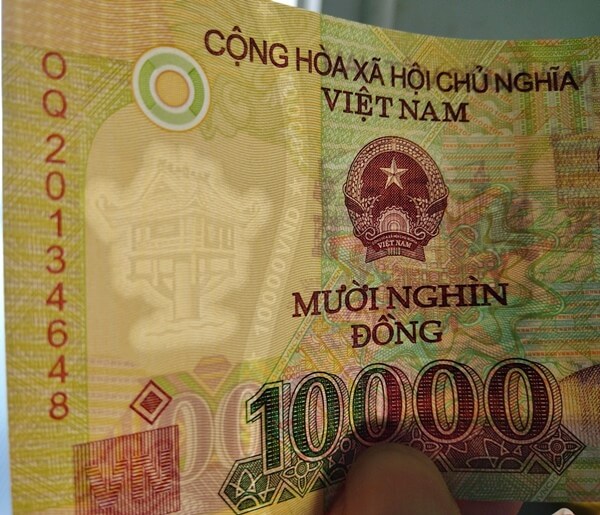
3. Positioning image: the two-sided images fit snugly, forming a complete image, the white slits are even, visible from both sides.
In counterfeit money: The shadow of a submerged photo is not sophisticated. The letters and numbers on the security line are not clear; some cases do not have this factor. The positioning photo does not match, the white slots are not equal.
Check the banknote with hand
Use the fingers to gently swipe the money to check for indented elements.
Swiping the bill lightly at the concave printing elements will feel the emboss, the roughness of the print.
You can check on the portrait of President Ho Chi Minh; National emblem; Face value in numbers and words; The words “SOCIALIST REPUBLIC OF VIETNAM” (on the front of all denominations);
The words “STATE BANK OF VIETNAM”, face value in words and numbers, landscape on the back of face value 500,000 VND, 200,000 VND, 100,000 VND.
In fake money: gently touching, the hand only feels smooth, not rough like in real money, or there is a feeling of hand ripple due to stamping on the paper background, not due to the quality of the print.
Tilt the banknote to check the color change ink, IRIODIN, Embossed image
1. Color-changing level (OVI): this element is yellow when viewed straight, turns green when viewed from the side.
2. IRIODIN: is a yellow stripe running along with the banknote, it sparkles with metallic luster when tilting the bill.
3. Embossed image: When the banknote is placed at eye level, the word “VN” is clearly visible at the denominations of VND 200,000 and VND 10,000, and the word “NH” at the face value of VND 50,000 and VND 20,000.
In counterfeit money: there is a fake OVI element with no color change, or there is a color change but not the right color like in real money; no IRIODIN element, or fake golden stripe print with no glitter like in real money.
Check transparent windows
1. The large window with embossed denomination number: It is a transparent plastic background detail on the front side of the banknote, with the number of a delicately embossed denomination.
2. Small window with the hidden element (DOE): It is a transparent plastic background detail, on the upper left side of the front of the bill. When bringing the window close to the eye, looking through the window to a red light source (incandescent bulb, flame …), you will see a hidden image around the light source.
In counterfeit money: the embossed denomination number on the large window is not as sophisticated as the real money, in the small window there is no hidden element.
Using a magnifying glass, ultraviolet light to check micro-print, luminescent elements
1. Microprint array: created by the words “NHNNVN” or “VN” or repeated denomination numbers, clearly visible under a magnifying glass.
2. Luminescent colorless ink: is a cluster of numbers printed with colorless ink, only visible (luminescent) when under ultraviolet light.
3. Luminescent serial number: The vertical serial number has a red changed into orange-yellow color when getting luminescence, and the black horizontal serial number fluoresces blue when viewed under ultraviolet light.
In counterfeit money: there is no microscopic array of letters, or the lines and numbers are not sharp, very difficult to read. Not included luminescent colorless, or included counterfeit ink with weak luminescent. Serial numbers are not luminescent or have luminescent unlike real money.
Other features to note, the printing material of the counterfeit money is easily stretched or torn when pulled, often slightly torn at the edge of the banknote. And the ink is easy to peel off.
To confirm whether a banknote is real or fake, you take a real note of the same type and compare it with the overall list and check the security factors according to the steps mentioned above. Note that many security factors must be checked (minimum 3 to 4 factors) to determine if the money is real or fake.
I hope you can find useful information about Vietnamese banknotes and use it correctly when traveling in this country. You should prepare more 10,000 VND notes to use, because it is popular and you need to use them very much. Typically, many people use a lot of banknotes of 10,000 VND or 20,000 VND as lucky money during the Vietnamese lunar new year.
(The detail of this post is translated from Hau Giang Online and add my few ideas with the purpose to help you know more about Vietnamese money).

